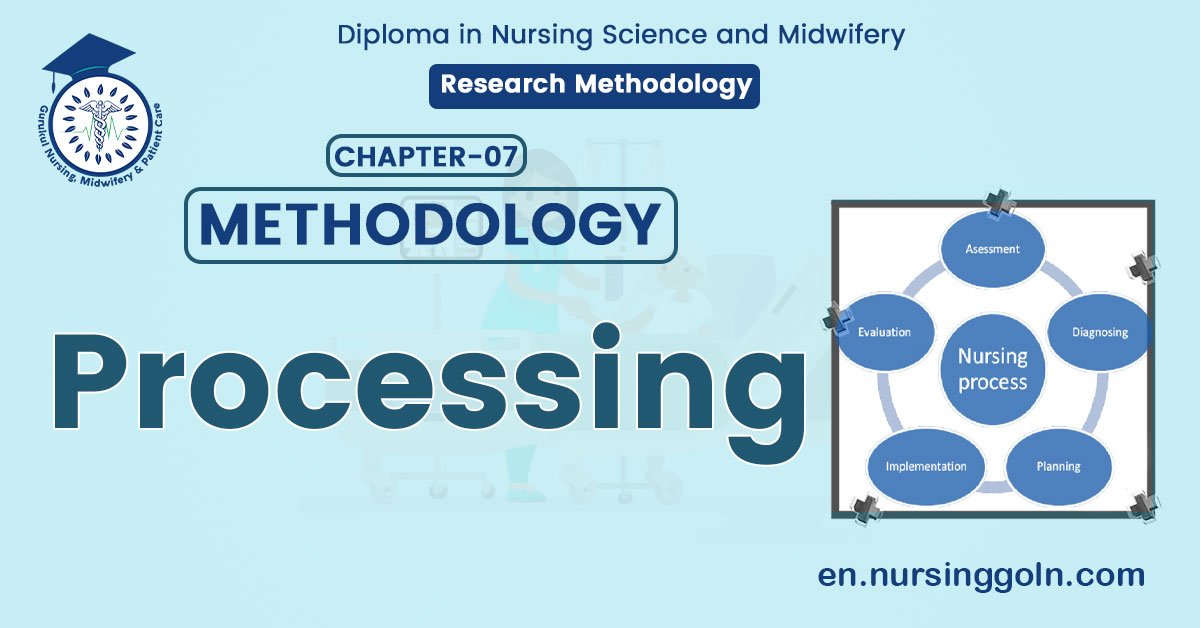Data Processing – In its most common sense, methodology is the study of research methods. However, the term can also refer to the methods themselves or to the philosophical discussion of associated background assumptions. A method is a structured procedure for bringing about a certain goal, like acquiring knowledge or verifying knowledge claims. This normally involves various steps, like choosing a sample, collecting data from this sample, and interpreting the data. The study of methods concerns a detailed description and analysis of these processes. It includes evaluative aspects by comparing different methods.
In this way, their benefits and drawbacks are evaluated, as well as the research goals for which they may be used. These descriptions and evaluations are predicated on philosophical background assumptions; examples include how to conceptualize the phenomena under study and what constitutes evidence in favor of or against them. In its broadest sense, methodology encompasses the discussion of these more abstract issues.

Data Processing
Definition of Data Processing:
Data processing or information processing is the process of editing, organization and coding of data so that it becomes amenable for analysis and interpretation
Or,
Data processing is, generally, “the collection and manipulation of items of data to produce meaningfül information.”
Types of Data Processing
1. Automatic or electronic data’ processing:
- The operations are performed by a computer.
2. Distributed data’ processing:
- Some or all the operations are performed in different locations at computer facilities connected by telecommunication sites.
3. Manual data ‘processing:
- The operations are performed manually.
(Ref by- Nirmala V/Research Methodology in Nursing/17/152)

Steps of Data Processing
Editing (Scrutinizing raw data)
↧
Organization (Grouping the data)
↧
Coding (Assigning numerical values)
↧
Analysis
(Examination of tabulated material)
↧
Interpretation (Drawing conclusion)
↧
Presentation of data.
(Ref by- Nirmala V/Research Methodology in Nursing/1/152)

Read more:
